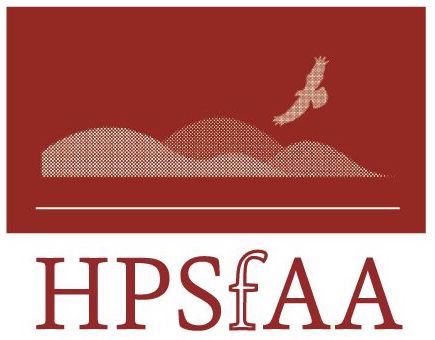  
 
The High Plains Society for Applied Anthropology |
|
Contemporary Society: Tribal Studies. Volume Five, Concept of Tribal Society Edited by Georg Pfeffer and Deepak Kumar Behera: Review
David Ruppert
The concept of “tribe” has been both useful and problematic for anthropologists. While it provides the heuristically useful notion that a social group under study is bounded and self-contained, it too often encourages us to ignore the fluid reality of shifting ethnic identities and changes of group membership. Although useful as a means of classifying groups that may share identifiable cultural traits, it is often argued that the “tribe” may have no social reality but is a product of anthropological research methods. As the decades pass, and as the academic debate, in its many forms, continues to rage with regard to “what is a tribe?” national governments remain faced with the immediate need to deal coherently with “indigenous” minority communities under their governance. As is the nature of governments, they largely ignore the confusion of intellectual arguments circling the concept of “tribe.” Governments deal with indigenous minority groups more directly and administratively; they simply establish a formal decision-making process to officially recognize and sanction tribal groups (for the allocation of legal rights and obligations) and draw up rules for their membership. Done.
High Plains Applied Anthropologist No. 2, Vol. 23, Fall, 2003 pp 172 – 174<Get PDF>
Back To List of Previous Issues